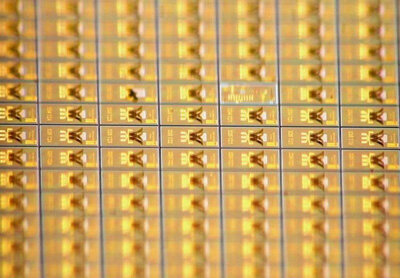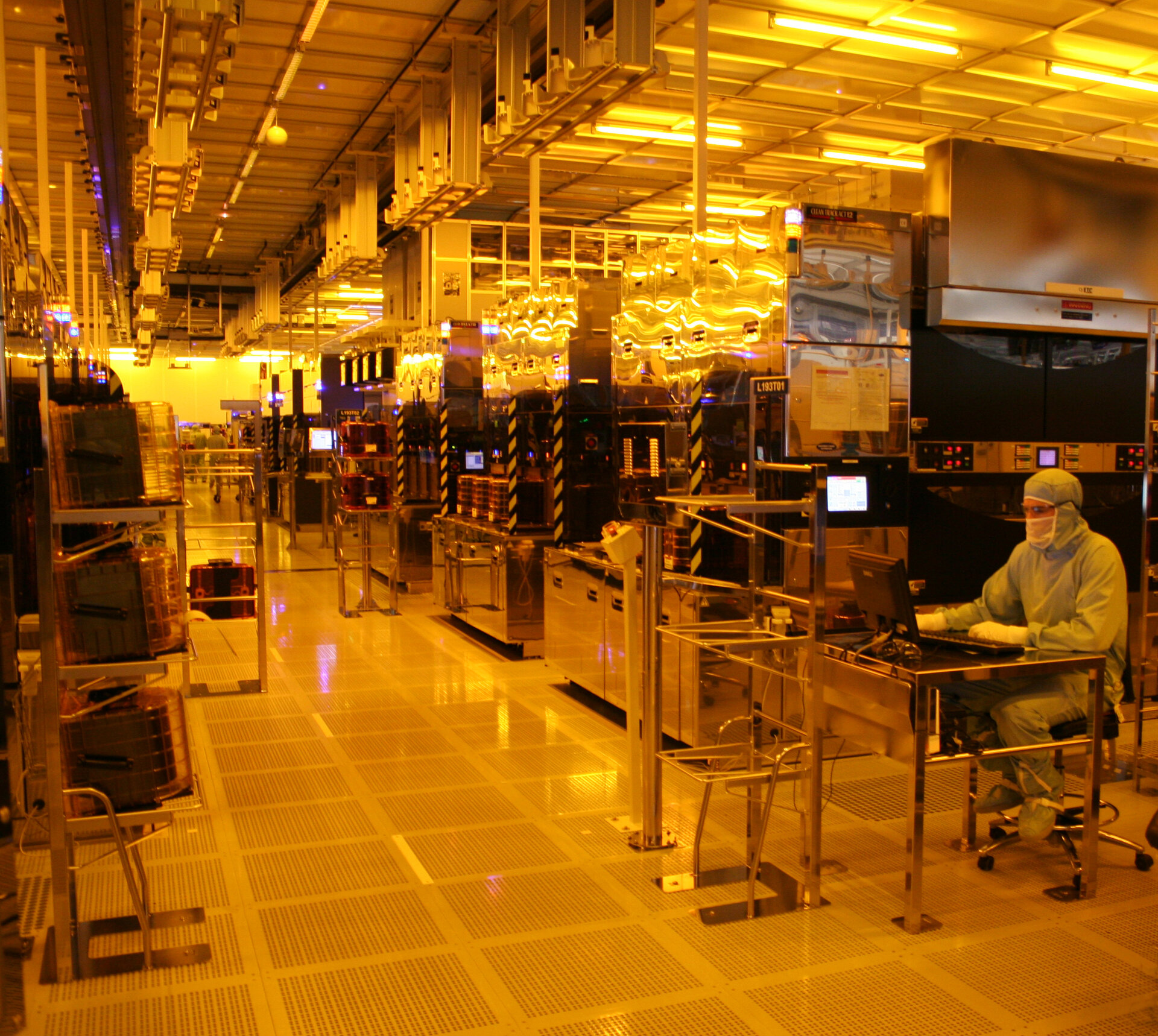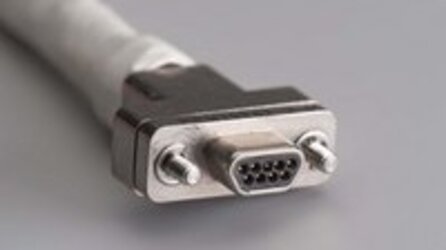Competitive edge
Many technology developments are focused on boosting European competitiveness within the space market. In practice, this means improving the current spacecraft state-of-the-art to do more with less power and mass, more efficiently and reliably.
The famous Moore’s Law – recognising that the complexity of integrated circuits doubles every 18–24 months – can be leveraged to shrink spacecraft electronics. Other R&D is based on ‘spinning-in’ promising technology from terrestrial sectors.

Take micro-electromechanical systems – MEMS: made in a similar way to microprocessors but incorporating moving parts or sensors so that complete devices can be fitted onto a single silicon chip. Attractive for space because of their small size, low power consumption and resistance to vibration, these micro-machined devices are already embedded in modern cars. ESA leads the MEMS for Space initiative.

European markings on a satellite are no guarantee of entirely European origins: in 2006 the average European spacecraft mission employed just 25% European-sourced parts. Such external reliance threatens the non-dependence and competitiveness of the European space industry. Foreign export restrictions might mean key parts become unavailable, or with impractical limitations on their use. So successive phases of ESA’s European Components Initiative – Technology non-Dependence (ECI-TnD) have worked with European industry and national space agencies to build up European alternatives for key items. As a measure of its success to date, the employment of non-export regulated parts is once more increasing – it rose to an average 40% of the total value of parts procurement of an average European spacecraft mission in 2011.






